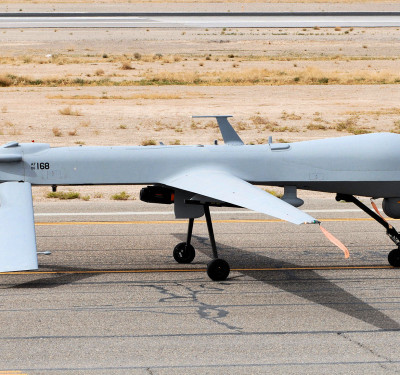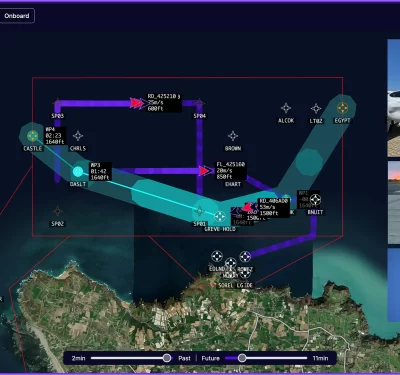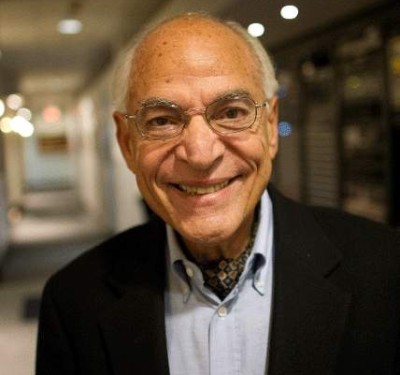Anna Dietrich, Co-Executive Director, Community Air Mobility Initiative (CAMI)
Q: What key social and economic advantages can UAM offer?
A: UAM can increase the range of access to the urban core. It has the potential to significantly reduce emergency response time. Package delivery, pairing commuting options so you can get home quickly, opening up new housing markets—that could mean improved lifestyles for a lot of people. If planned well, UAM can eliminate transportation deserts. There’s also a huge potential to be greener, but that has to be planned from the beginning. An electric vehicle, whether a car or an airplane, is only as green as your [power] grid.
Q: Do you see a rollout sequence: e.g., EMS, cargo, buses and taxis, private vehicles?
A: I think it’s going to be driven by the specific risk profile of each application. If you’re doing cargo where there’s not a lot under you, it’s a low-risk way of trying out a new technology. EMS is great because the potential benefit is so high. In terms of private-vehicle versus shared-ride use, if you’re actually sharing the ride, that’s better environmentally, that’s better from a congestion perspective, that’s better economically.
Q: What challenges most need resolution for UAM to move forward?
A: Having quiet aircraft is necessary but not sufficient for communities to want them in their neghborhood. Negative impacts also can include visual clutter and impacting transportation systems. If the benefits to most people are seen as high enough and the negative impacts are low enough, then we’ve got a value proposition that makes sense. If it remains helicopters flying to the Hamptons, it’s never going to have a low-enough impact because the value isn’t there for most members of the community.
Q: Why do you stress integrating UAM into the existing system? And where will humans be within it?
A: Integration of the new into the status quo happens every time we have a new technology. We’ll have a crawl phase; what we have today. As the industry matures, we get into a walk phase that has modifications and changes. Ultimately, we get into the run phase, which is where the popular imagination has already launched to. But you start with something that’s practical and safe to do today in limited volumes.
There will always be, in my opinion, a critical role for humans. Humans are good at broad situational awareness: decision making, strategic planning, assimilating information and drawing a conclusion from it. We’re not necessarily so good at controlling an aircraft that may be inherently unstable. So, I think the systems we’re moving toward take the burden off the human for the direct stick-and-rudder control of the aircraft, off the controller for having to track and monitor every single aircraft in the airspace, but leave humans with ultimate responsibility, authority and situational awareness.
Q: How can UAM advocates best engage local stakeholders?
A: This isn’t a case of, oh, big wide industry has a solution and here, just do what we tell you. It’s about giving people information they need to help them understand which questions to ask and answer [CAMI is building a resource library at communityairmobility.org], and eventually to do modeling and city planning for this new form of transportation. This is real, this is coming. If we do it well, we can get a lot of societal benefit out of it. So let’s start talking abo







